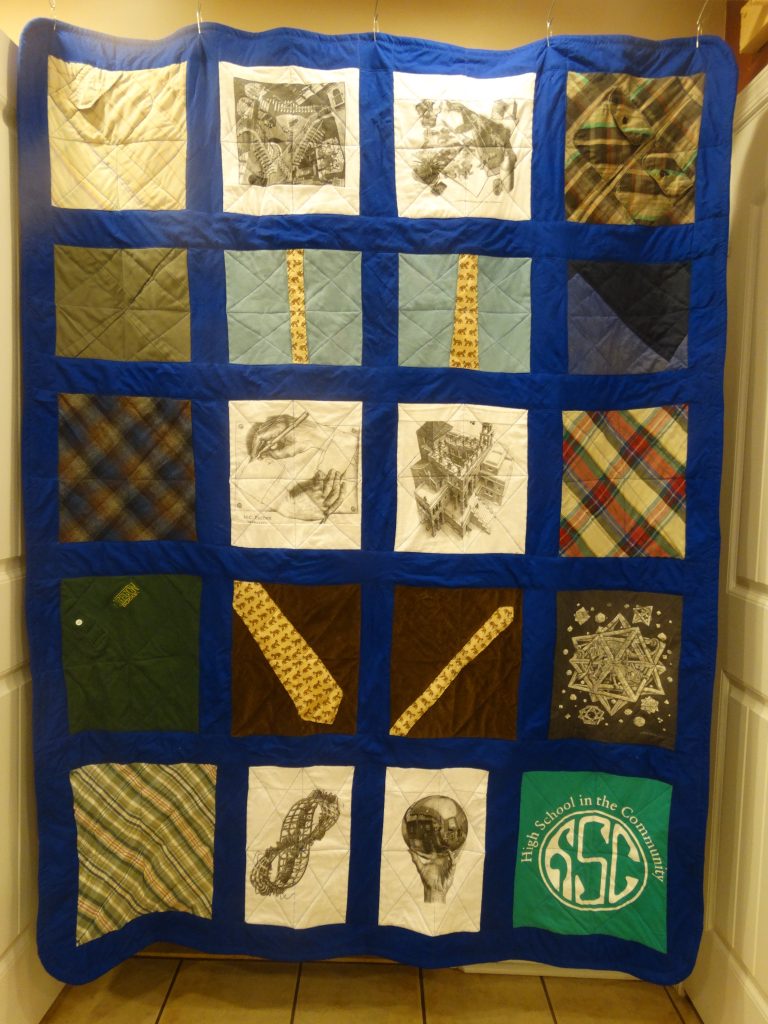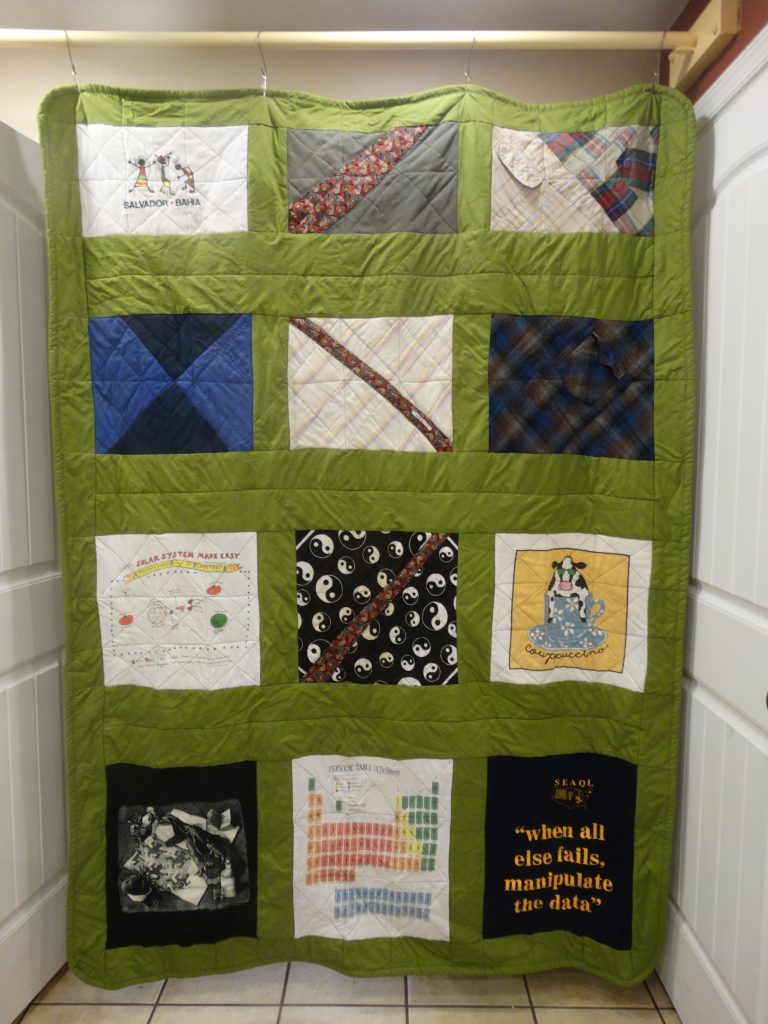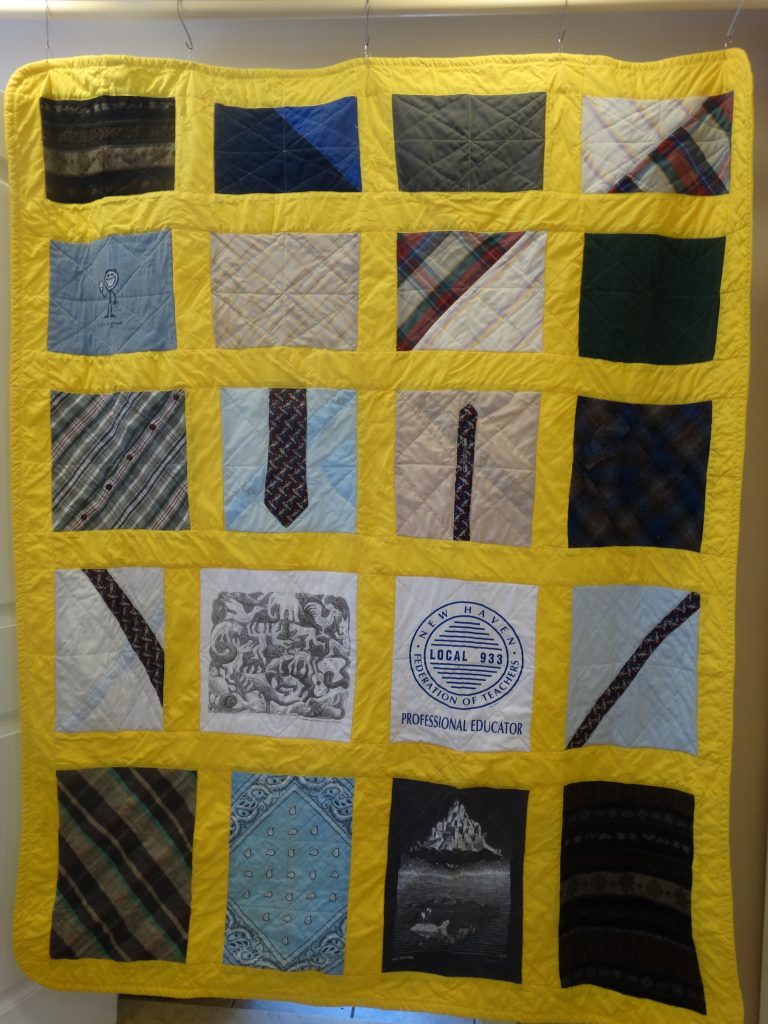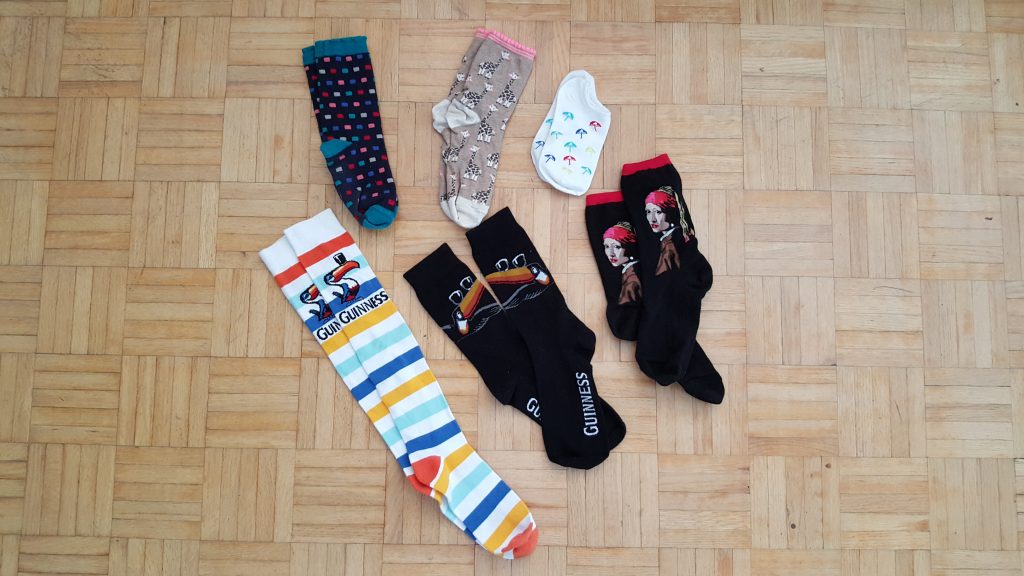I’ve been playing music for over 30 years. One of the things I love best about music is creating something each time I play my instrument.
A couple summers ago I participated in a weekly event called Classical Social. Musicians showed up at a certain time in a bar. We were grouped together based on our instruments and had to sight read music in front of the patrons. While we played, people would post pictures and clips of the performances to various social media sites. I loved the involvement and participation, but having everything recorded often created a conflict between my memories and interpretation versus what I could replay.
One of my least favorite pieces of music is Ravel’s Bolero, both for listening and performing. The beginning of the piece features the bassoon with one of the hardest solos in our entire repertoire. After that stress is over, the bassoon plays the same note over and over for five pages of music. Super boring.
Four years ago I flubbed the solo during a performance, which happened to have been recorded. I finally listened to it a couple of years later though I felt conflicted about it. The recording re-enforces a singular way to remember the performance. It doesn’t afford me the luxury to recreate my memory of the event in anyway other than the one where I messed up, one where I might be able to convince myself it wasn’t really that bad. (Admittedly, it wasn’t really that bad. At the very least, I started and ended at the right times.)
However, I don’t need the recording to act as a constant reminder of what did and didn’t happen. The memory of the piece lives in my cells and tissues. Just hearing the familiar staccato beat of the snare drum is enough to make my palms sweaty and my stomach queasy, even if it’s playing on the radio or in a commercial.
I couldn’t imagine my life without being able to listen to music whenever I want, but at the same time, I don’t necessarily enjoy having my playing recorded. For me the thrill and enjoyment is in the live performance. Once I play the notes they’re released into the universe and I can focus on the next ones coming at me, remaining fully present in the moment.




